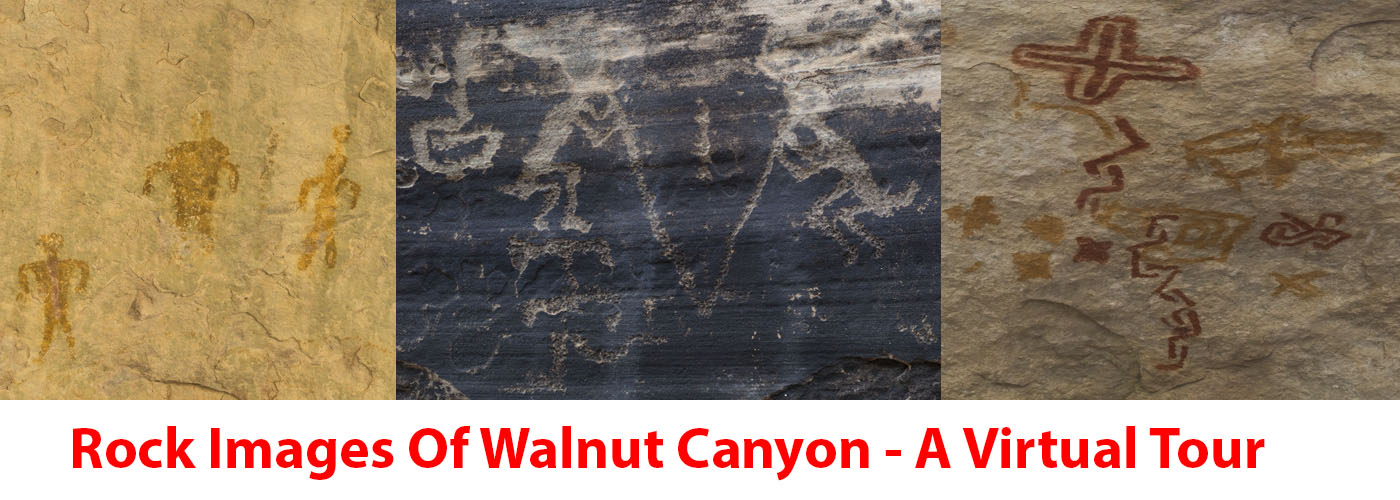In 1912, the author Willa Cather (“O, Pioneers!”; “Death Comes For The Archbishop”) visited the Flagstaff area, including Walnut Canyon. While she was only there for a few days, she later used those experiences as part of her 1915 novel, “The Song Of The Lark”. In one section of the novel called “Ancient Peoples”, the protagonist Thea sets up camp in a prehistoric cliff dwelling in “Panther Canyon”, whose description matches Walnut Canyon:
“Thea went down to the stream by the Indian water trail. She had found a bathing-pool with a sand bottom, where the creek was damned by fallen trees. The climb back was long and steep, and when she reached her little house in the cliff she always felt fresh delight in its comfort and inaccessibility.”
While mentioned in a number of reports and documents prior to 1941, common knowledge of the trail was lost sometime afterwards. It was rediscovered in 2008 by archaeologists trying to find a safe route down into the canyon to reach some ruins on the other side. Documentation and study of the trail showed numerous places where the Sinagua had constructed masonry retaining walls to reinforce sections of the trail; the effort required to build such a trail reflects the importance of this route into the canyon to collect water, as there are no reliable water sources near the rim of the canyon. More information on the trail and its construction is available at this link .
At the junction of the trail and the bottom of the canyon, there are three small petroglyph panels. One (Panel C), visible in the panorama below, high up on a canyon wall and not easily accessible, has two small geometric elements. A second (Panel B) contains a small cupule (an indentation ground into the rock) surrounded by two lines, and is not shown on this website. The third and largest panel (Panel A) contains elements characteristic of the Sinagua, including geometrics, anthropomorphs (human figures), zoomorphs (animal figures), and what appear to be animal tracks. The elements of this panel are difficult to make out even with the naked eye, much less standard photographs, but some of the visualizations on this website will make its details far more visible. In the panorama below, Panel A is at an angle, and hidden by vegetation. Click on the hotspots for better views of both Panels A and C.
For additional views, visit the “476 – In A Different Light” page.

